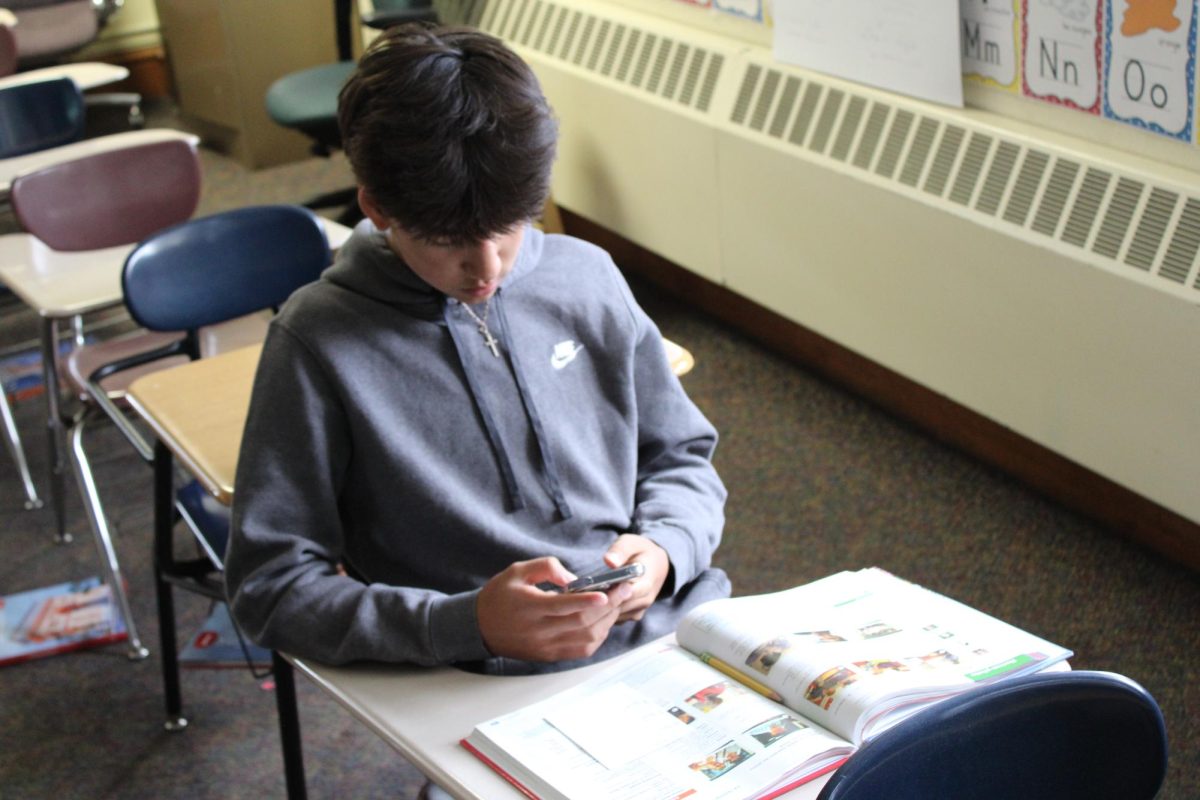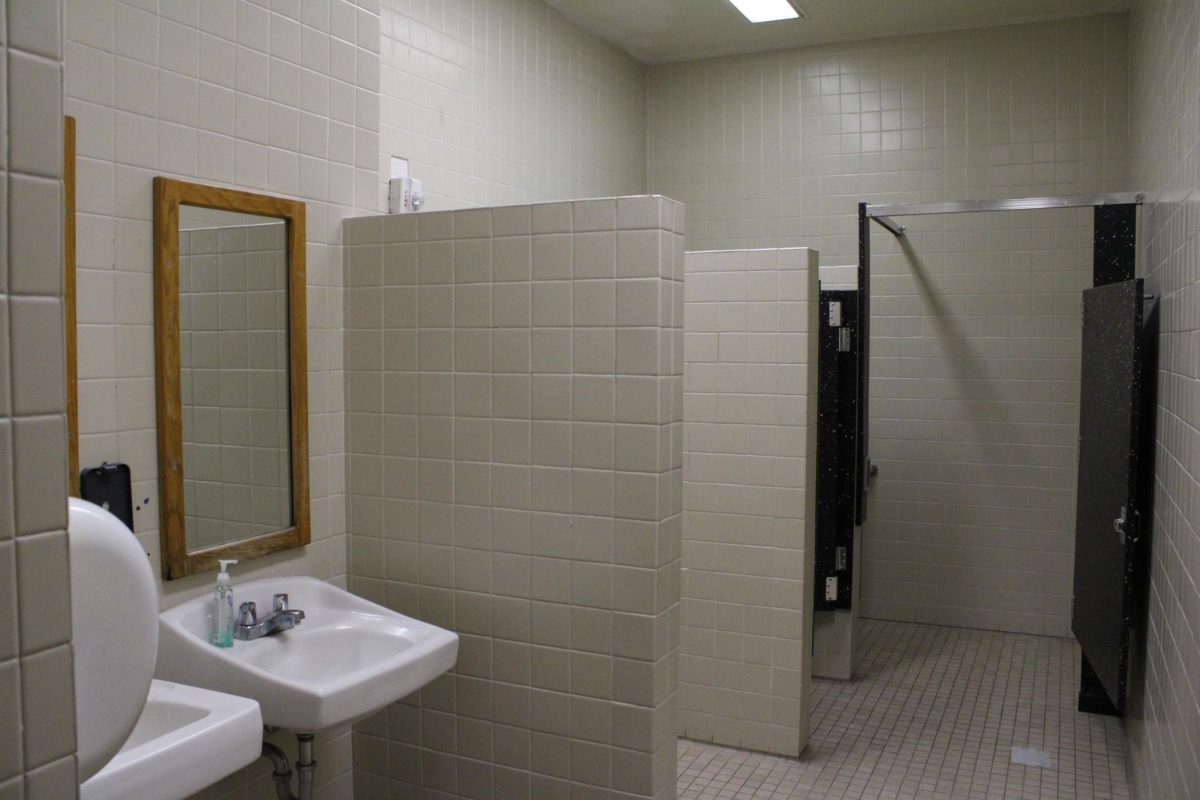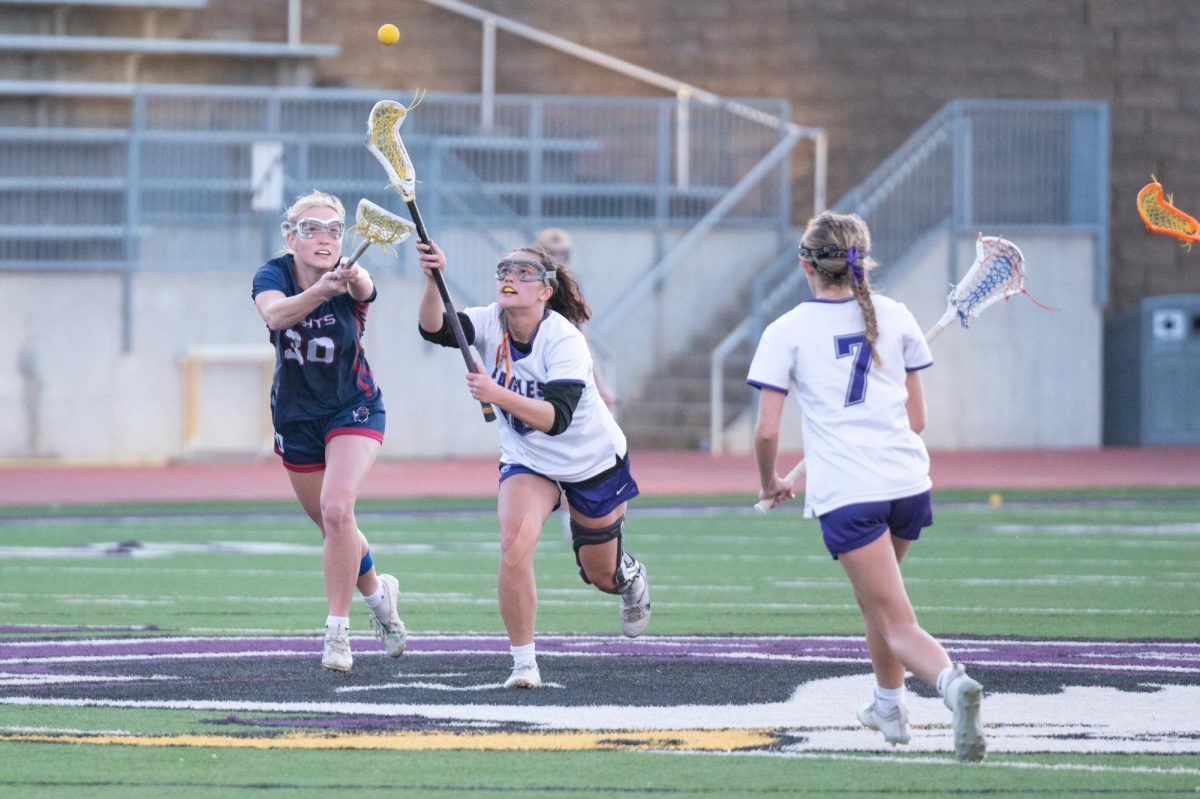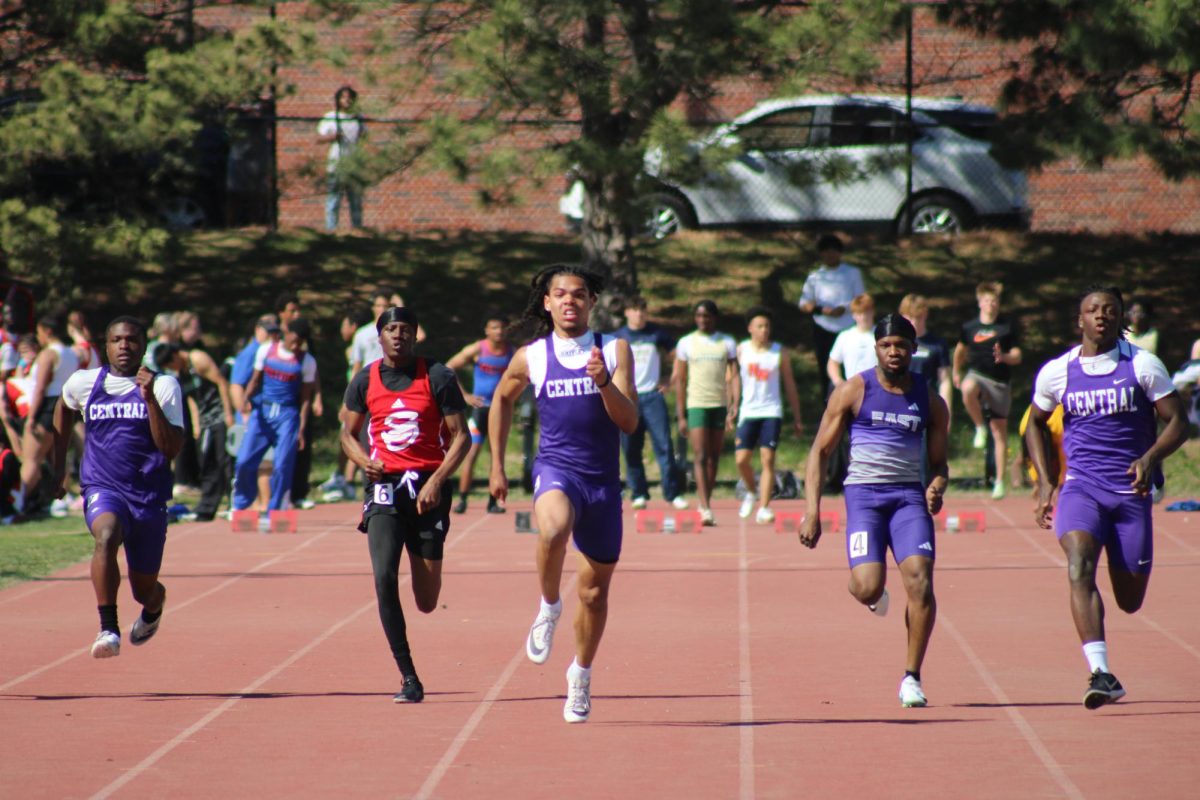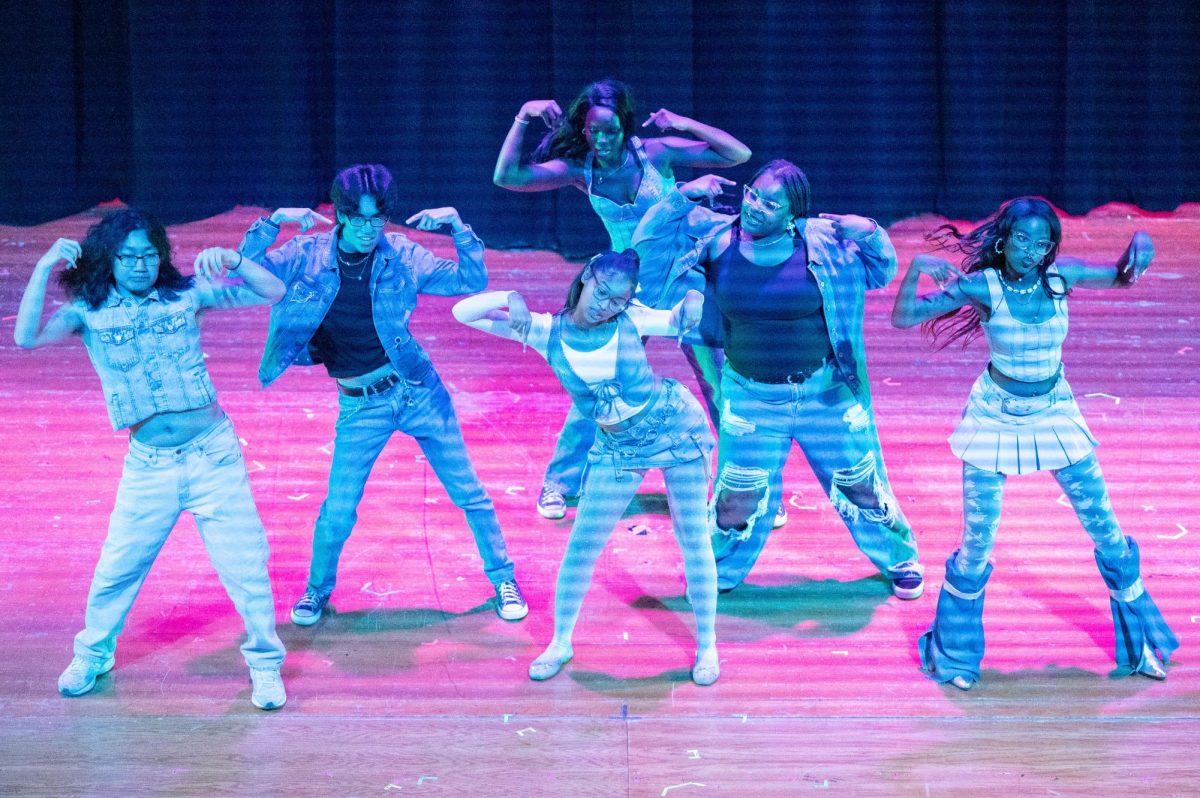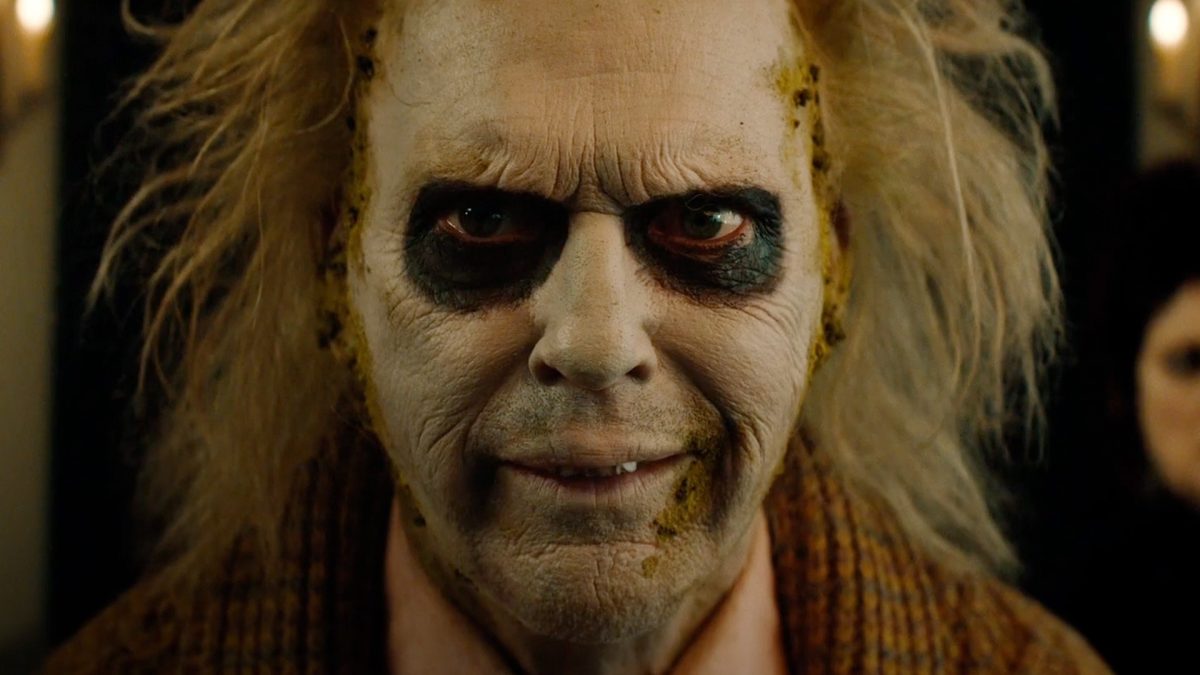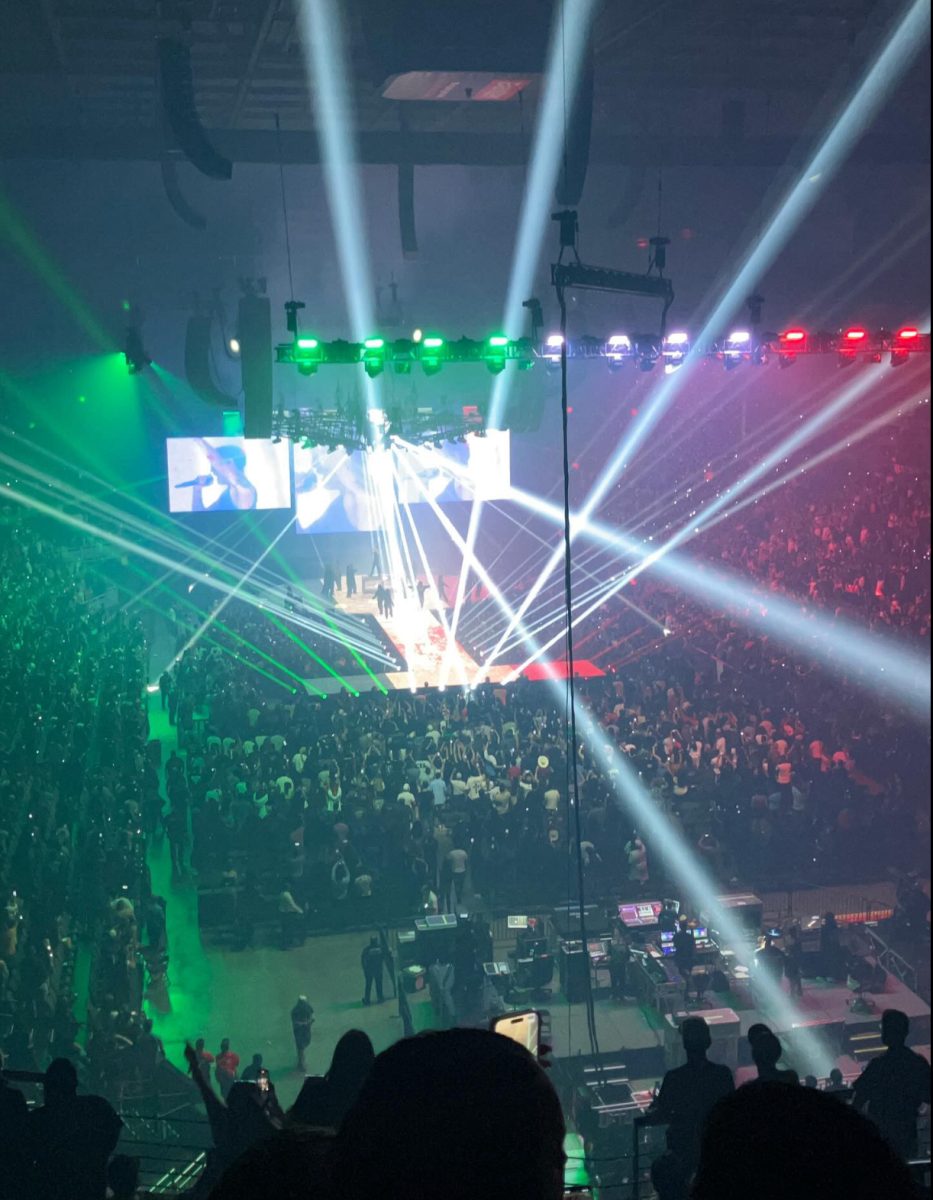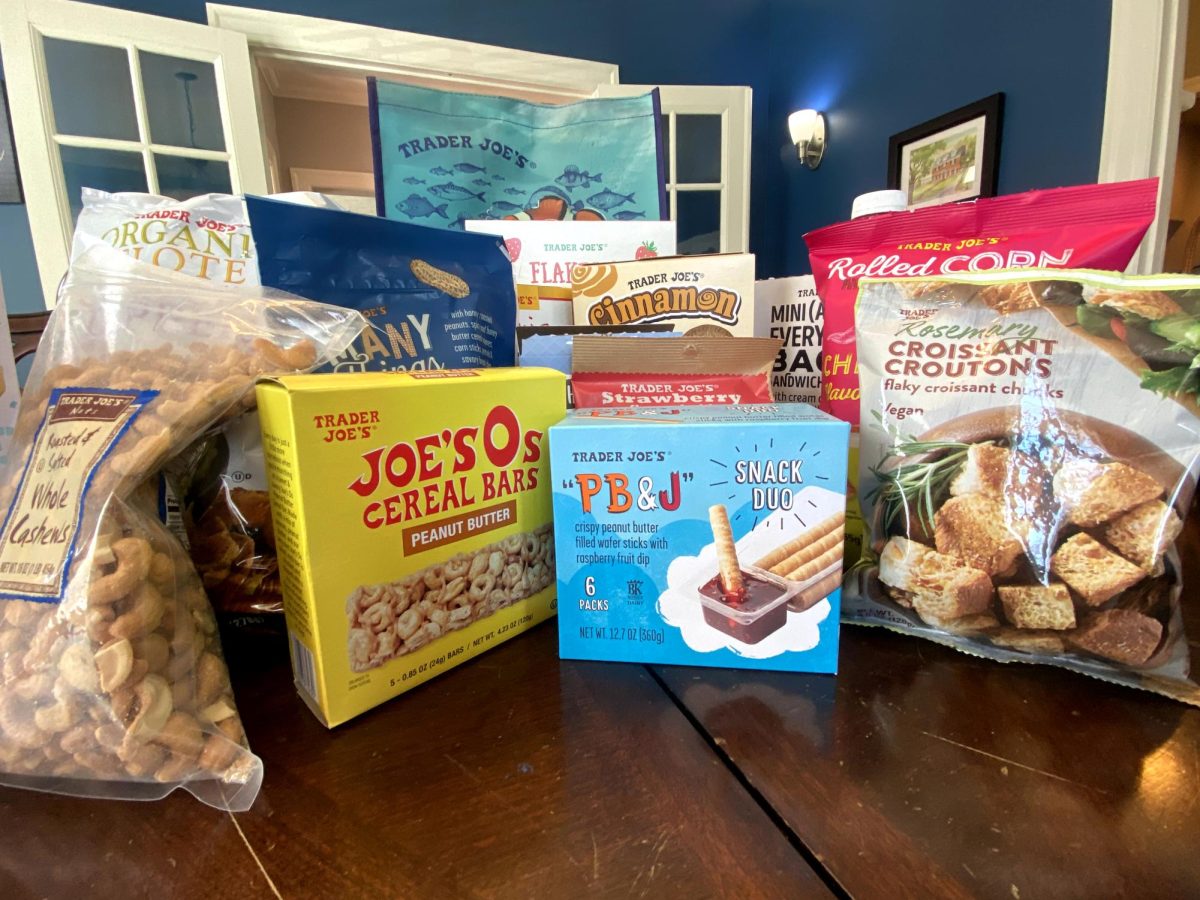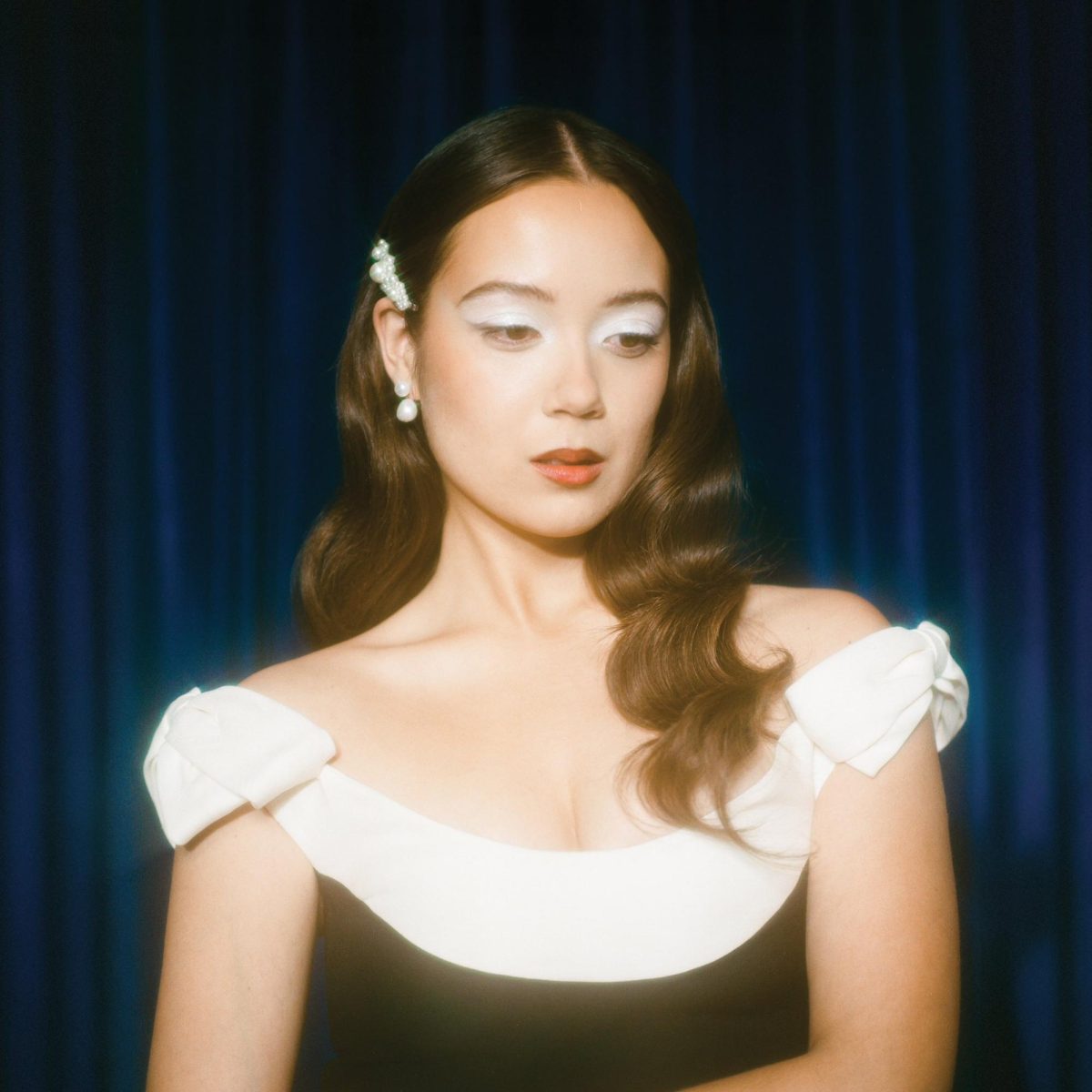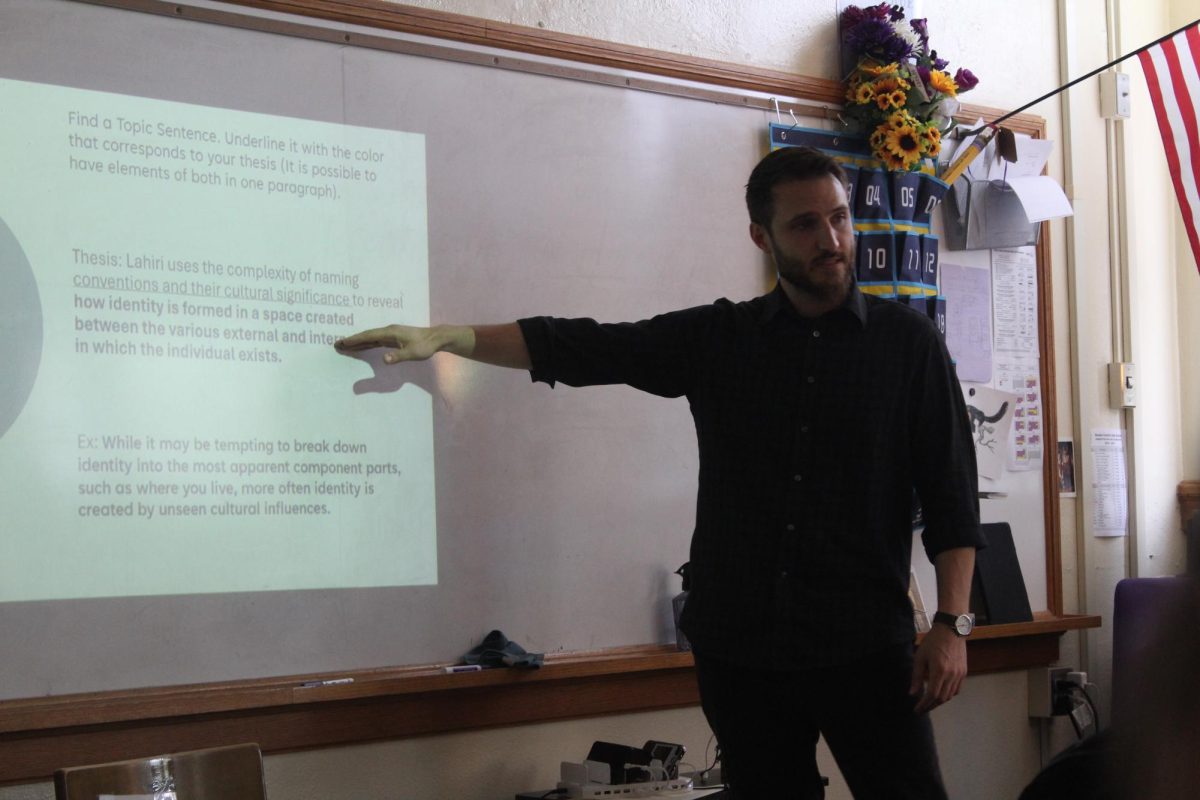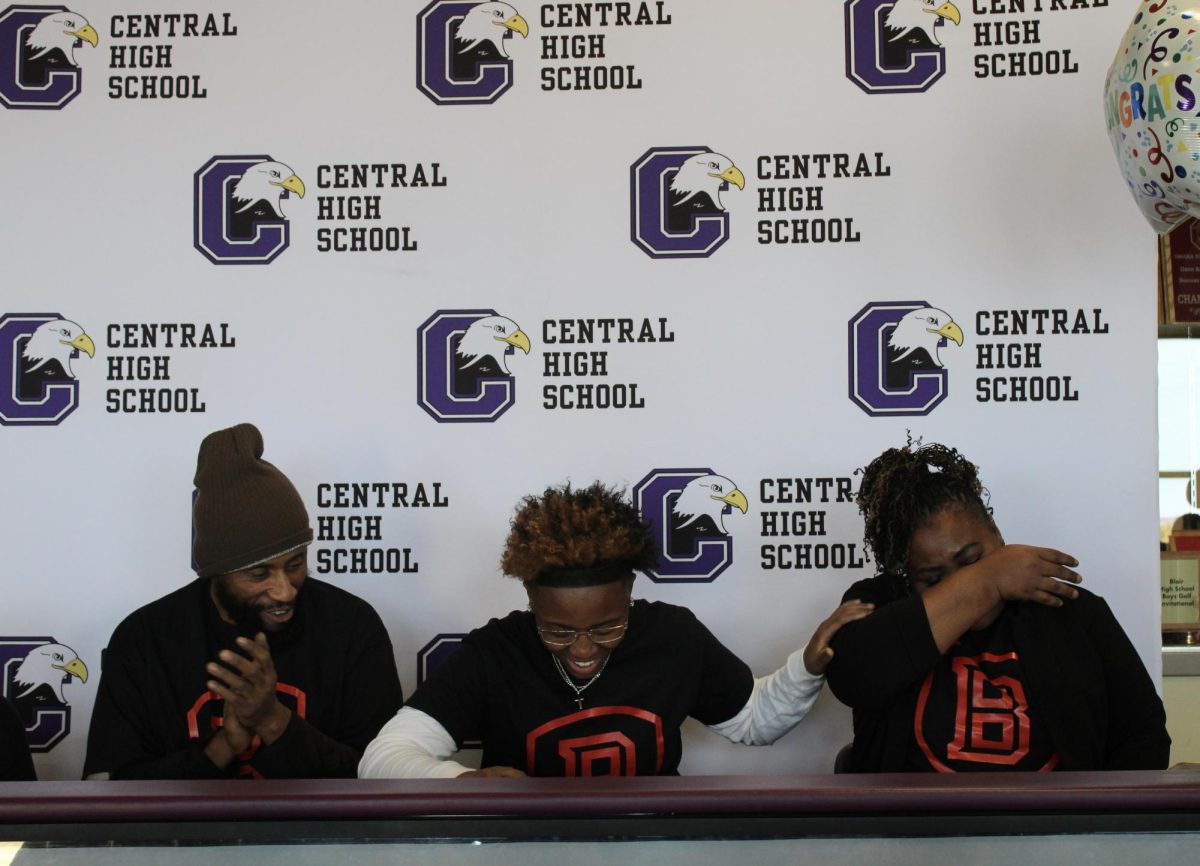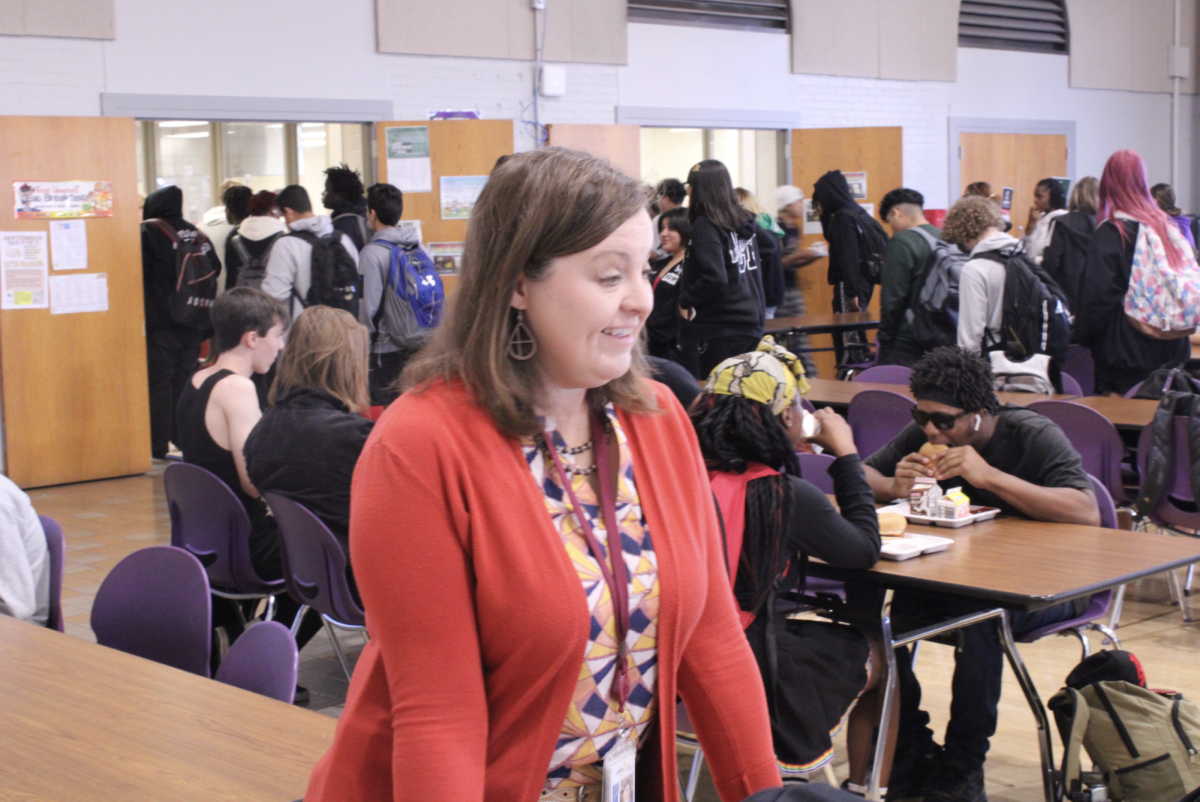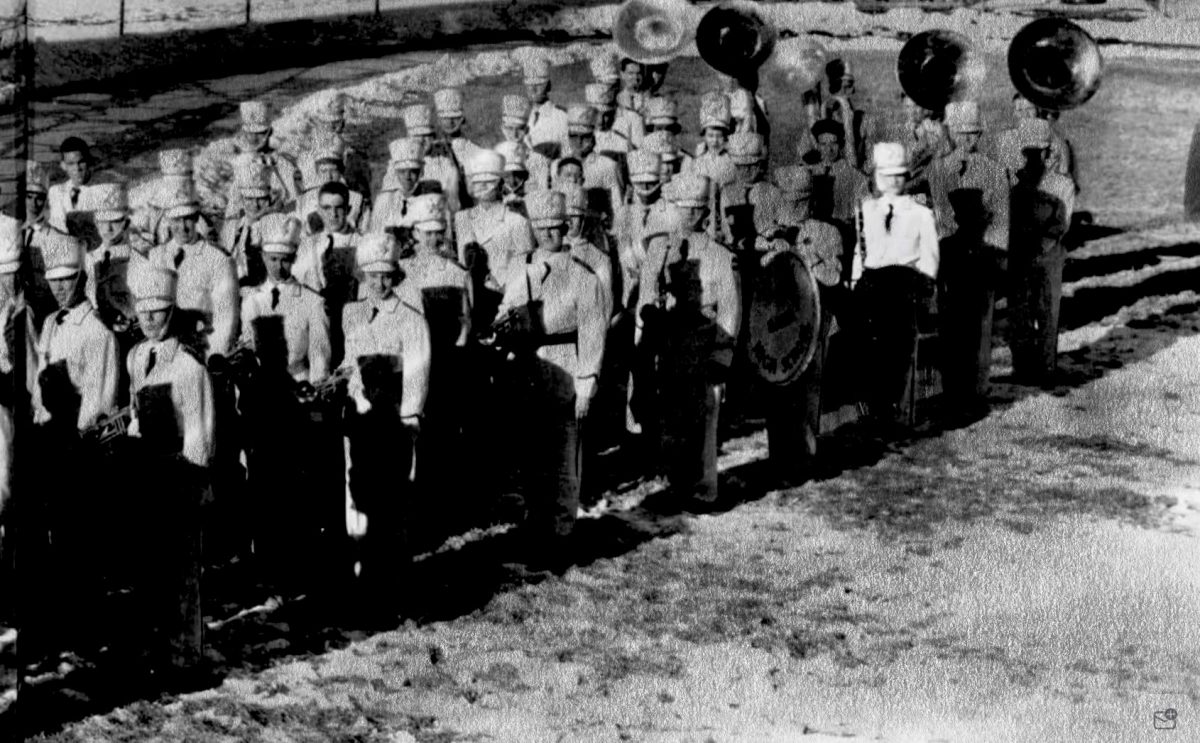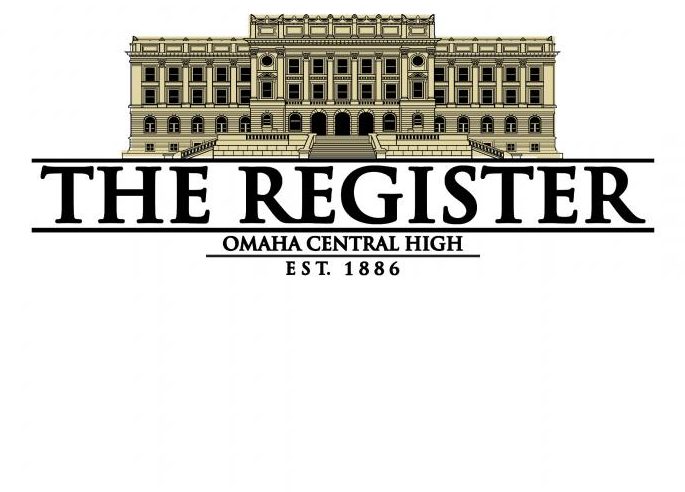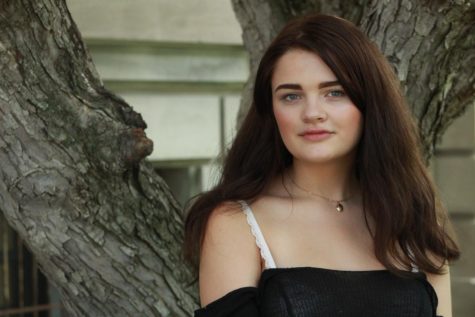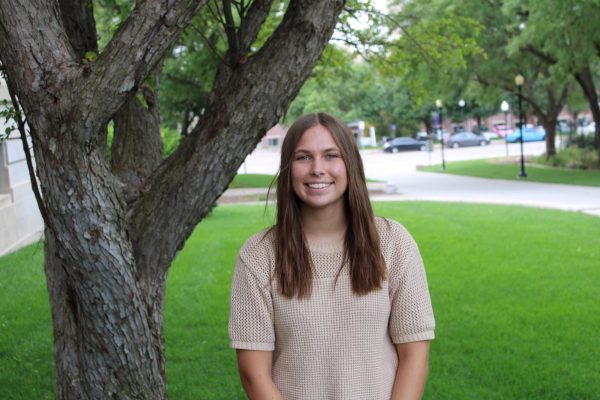Student journalists in private schools in need of better protections
February 23, 2019
The Freedom of the Press has become a glamorized feature-film topic in recent years as a new appreciation for the work of journalists has blossomed. While some states spearhead the movement for policies that allow student freedom of expression, Nebraska still operates under the “Hazelwood Standard,” meaning that school officials can censor stories that they deem as not educationally pertinent.
Luckily, public schools in Omaha are typically met with supportive administration. Private schools, however, are too often not as lucky. They also have little to no legal protection from censorship.
Marian High School, an all-girls Catholic high school tucked in northwest Omaha, garnered both local and national backlash after their official student news Twitter tweeted a photo showcasing students at The March for Life in Washington D.C—the largest anti-abortion protest in the nation. The school sent a bus of students on the 18-hour trek across the country to protest. In the week prior to the tweet, the account also made eight separate tweets about their “Journey With Jesus” road trip.
“The March is just wrapping up!” the tweet from @MHSbeat reads. “Thanks for your powerful witness today!” Below, a photo is posted of students in bright yellow hats holding signs reading, “I am a life defender,” and, “Protect them both.”
The problem here is not their message, but instead the fact that their delivery of opinion comes from an established student publication. School newspapers, whether run from a public or private institution, are expected to maintain journalistic integrity. This typically includes the exclusion of opinions from school media that is not specifically marked as such.
According to the Student Press Law Center, private school students do not necessarily have to give up their first amendment right to free speech when they enter the school building. However, private institutions are not subject to limitations set by the first amendment. This allows school officials to censor and punish student journalists at their own discretion.
Offering exemptions from first amendment protections to private schools creates a slippery slope. When administrations are given the right to censor student publications, the important work that student journalists do is discounted. Truth-seeking students are often unable to publish pieces about controversial issues, thus leaving the student body in the dark. And, in the case of Marian, an entire school and entire publication is slandered because of the views of a select few.
Regardless of law, the censorship of student journalists is unethical and goes against America’s core values. Censoring students who do not share the same opinions as the masses is a violation of journalistic ethics. Marian’s clearly biased social media posts point towards a larger problem that journalism departments in privately run schools have been facing for decades and likely will be seeing for the foreseeable future. Further protections are needed to protect these students from overbearing administrations.


